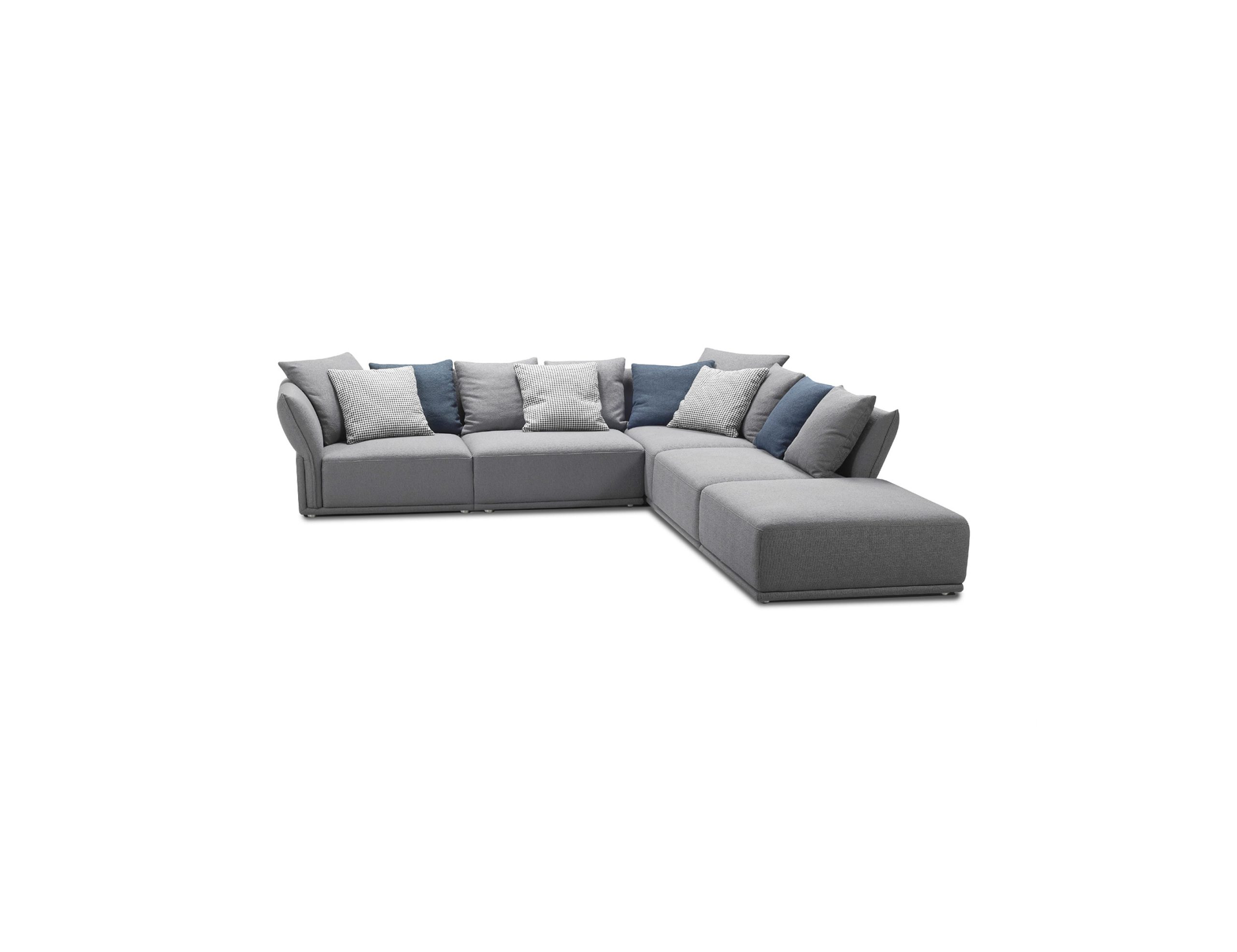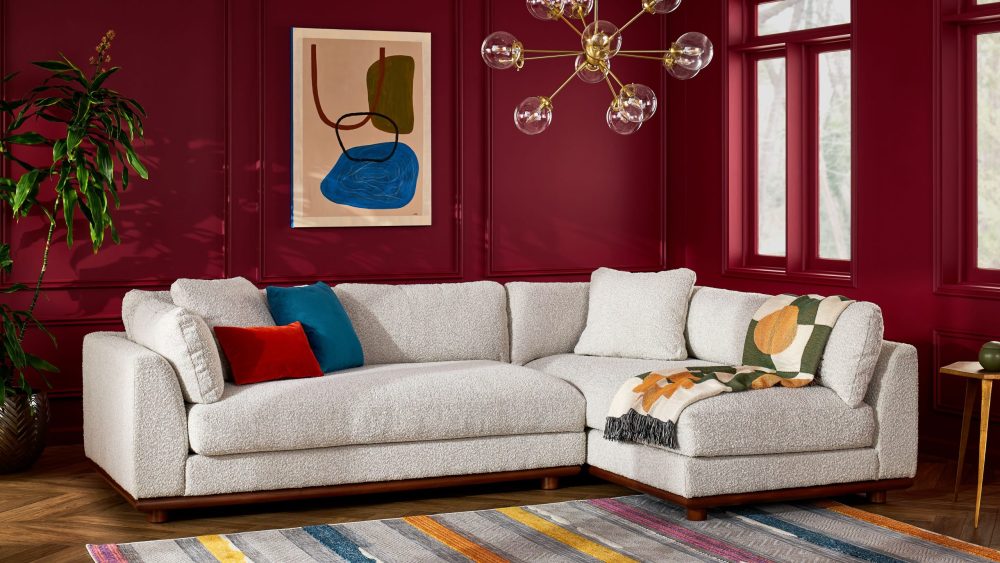Introduction
When furnishing or redecorating your living room, one of the most impactful decisions you’ll face is choosing between a traditional sofa and a sprawling sectional. Both have their unique advantages and drawbacks, catering to different lifestyles, spatial requirements, and design aesthetics. Understanding these differences can help you make an informed decision that perfectly complements your living space.
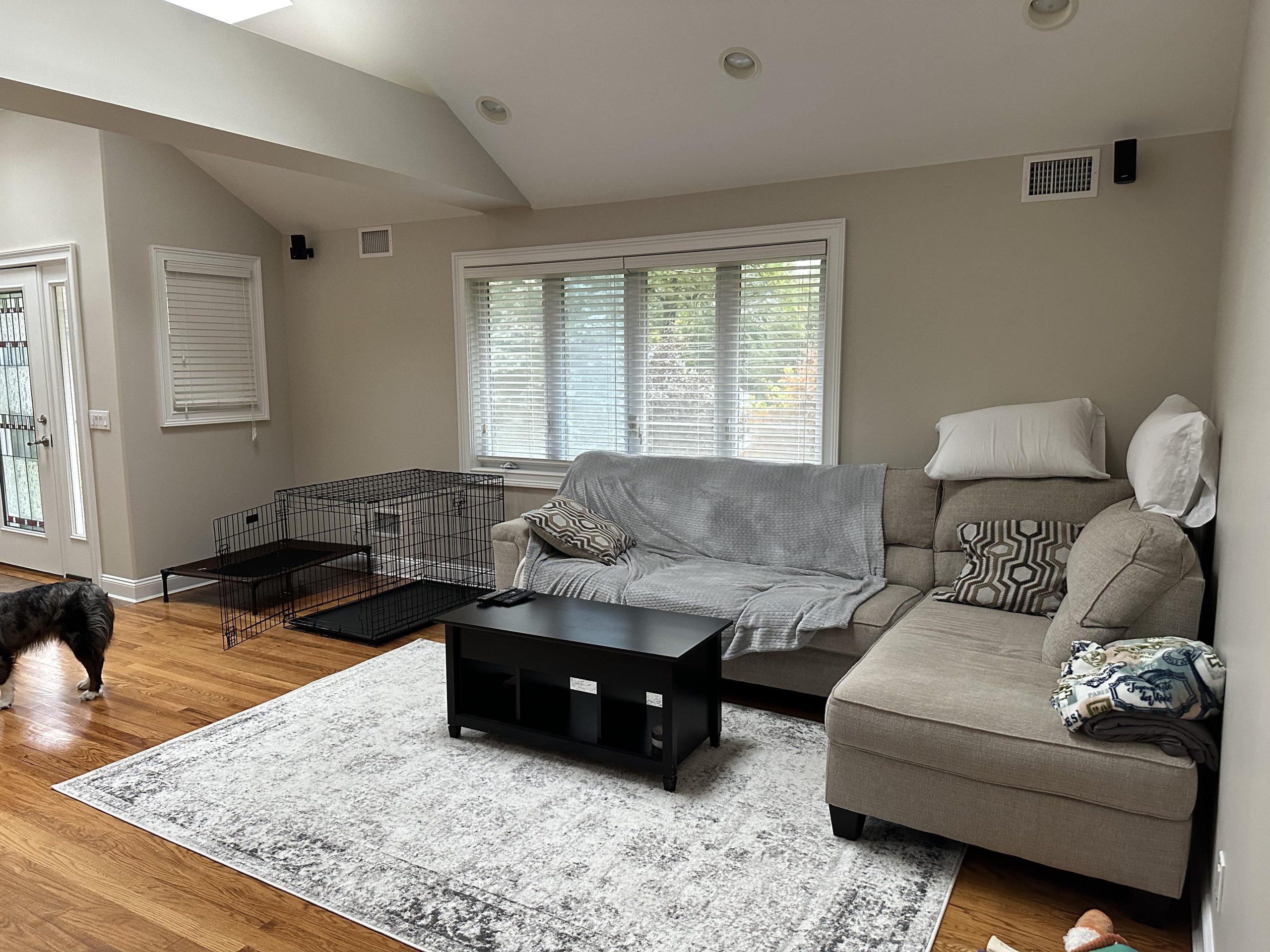
Spatial Considerations
- Sofas: Ideal for smaller rooms or tight spaces, sofas offer a more compact footprint. They are easier to maneuver around, leaving ample room for other furniture pieces and traffic flow. Sofas are a classic choice for apartments, studios, or cozy corners where maximizing every square foot matters.
- Sectionals: If you’re blessed with a spacious living area, a sectional can be a game-changer. Designed to accommodate larger gatherings, sectionals provide ample seating without the need for additional chairs or loveseats. They often feature L-shaped or U-shaped configurations that can cleverly define zones within an open floor plan or create a cozy nook for family movie nights.
Lifestyle and Functionality
- Sofas: For those who entertain occasionally or prefer a more formal setting, sofas offer versatility. They can easily be dressed up or down with throws and cushions, adapting to various styles and occasions. Sofas are also a great choice for individuals who appreciate the flexibility of rearranging furniture to suit different needs or moods.
- Sectionals: Families with kids or pets, or those who enjoy hosting regular get-togethers, might find sectionals more suitable. The ample seating encourages socializing and lounging, promoting a relaxed, casual atmosphere. Additionally, sectionals with chaise ends or reclining sections provide extra comfort for lazy afternoons or evenings spent at home.
Design and Aesthetics
- Sofas: Available in countless designs, from mid-century modern to contemporary chic, sofas can serve as a statement piece or blend seamlessly into your existing decor. Their linear silhouette makes them adaptable to various design schemes, and they can be easily accessorized to reflect personal taste.
- Sectionals: While sectionals may initially seem bulky, modern designs have evolved to include sleeker profiles and modular options that can be customized to fit specific spaces. They can add a touch of luxury and sophistication to a large room, especially when upholstered in rich textures or bold hues. However, due to their size and shape, sectionals require thoughtful integration into your room’s layout and color scheme.
Budget and Investment
Cost is another factor to consider. Generally, sectionals tend to be more expensive than sofas due to their larger size and increased complexity in manufacturing and shipping. However, they often provide more seating capacity, potentially negating the need for additional furniture purchases. Quality, materials, and brand reputation also play a significant role in determining the price point for both sofas and sectionals.
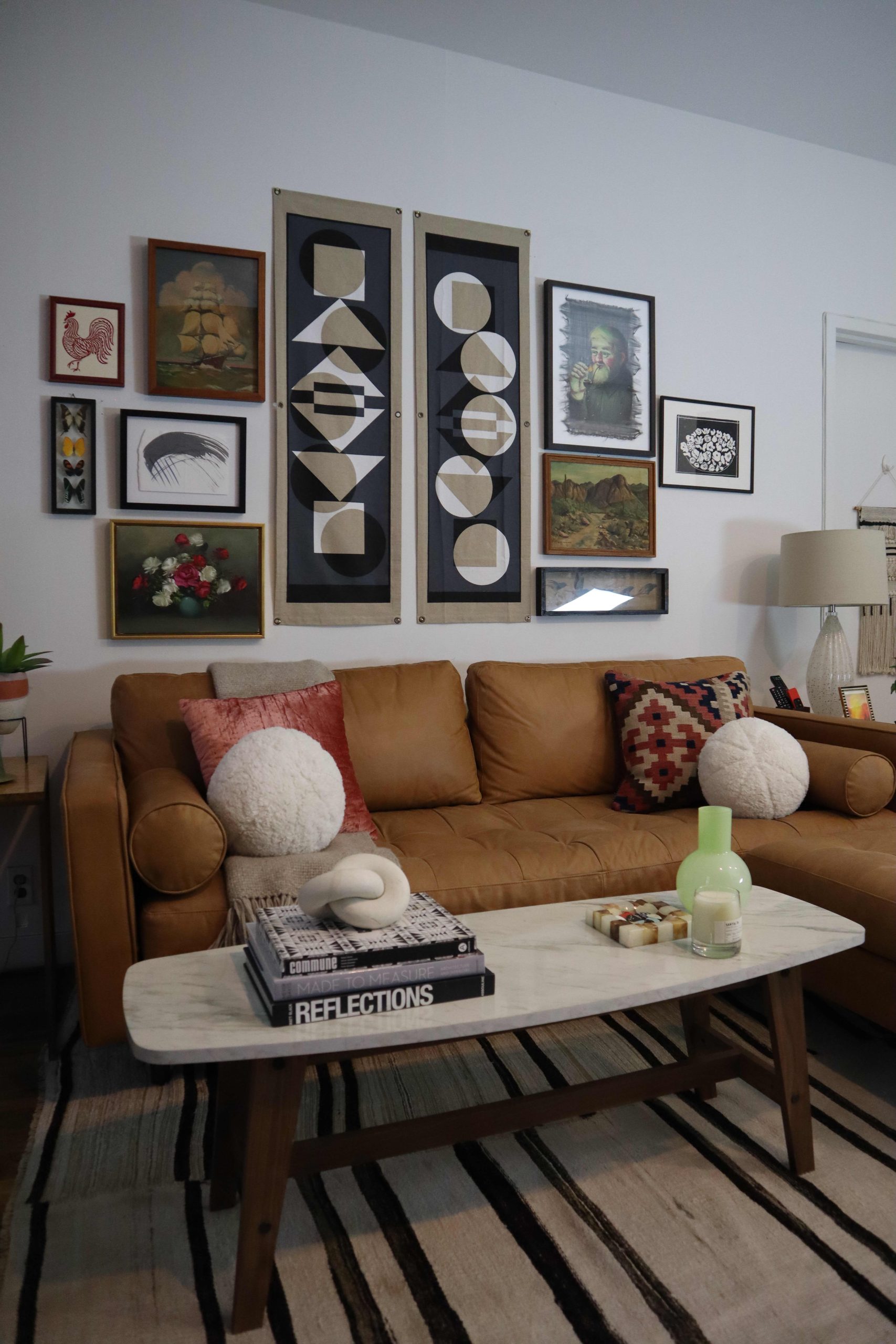
Customization and Comfort
An aspect worth exploring further is the customization and comfort level that both sofas and sectionals offer.
Customization Options:
- Sofas: With sofas, you typically have a wide range of customization choices, including size (though generally more limited compared to sectionals), fabric or leather options, leg finishes, and cushion types. This allows you to tailor the piece to match your exact design vision or comfort needs. Smaller spaces might benefit from customizing a sofa to fit a niche or corner perfectly.
- Sectionals: Customization reaches new heights with sectionals. Many manufacturers offer modular designs that allow you to configure the layout according to your room’s shape and your seating preferences. You can choose the number of seats, whether to include a chaise lounge, ottoman, or even a recliner module. Fabric choices and color palettes are usually extensive, ensuring your sectional not only fits but also visually anchors the room.
Comfort and Ergonomics:
- Sofas: Comfort is subjective, but sofas generally provide a classic seating experience with standard back heights and seat depths. Some high-end models offer advanced ergonomic features like adjustable headrests or lumbar support. For those who prioritize a more formal sitting posture or prefer less sprawling furniture, a well-designed sofa can deliver both style and comfort.
- Sectionals: The advantage of sectionals lies in their potential for enhanced lounging comfort. With deeper seats, chaise lounges, and sometimes built-in recliners, sectionals encourage relaxation and casual gatherings. They’re particularly beneficial for those who enjoy sprawling out while reading, watching TV, or napping. However, it’s crucial to test different configurations to ensure they suit your body’s ergonomics and don’t compromise on support.
Maintenance and Longevity
Considering maintenance and the longevity of your investment is also essential.
- Sofas: Smaller sofas can be easier to maintain, clean, and move for cleaning or rearrangement. Upholstery choices greatly impact maintenance—leather, for instance, might be easier to wipe clean but could show scratches or fading over time. Regular vacuuming and prompt spot cleaning can prolong any sofa’s life.
-
Sectionals: Due to their size, sectionals may require more effort to clean thoroughly and might not fit through doorways if professional cleaning is needed. It’s wise to choose durable, stain-resistant fabrics if you have a busy household or pets. Investing in quality construction and materials ensures your sectional stands the test of time, despite the heavier usage it might endure.
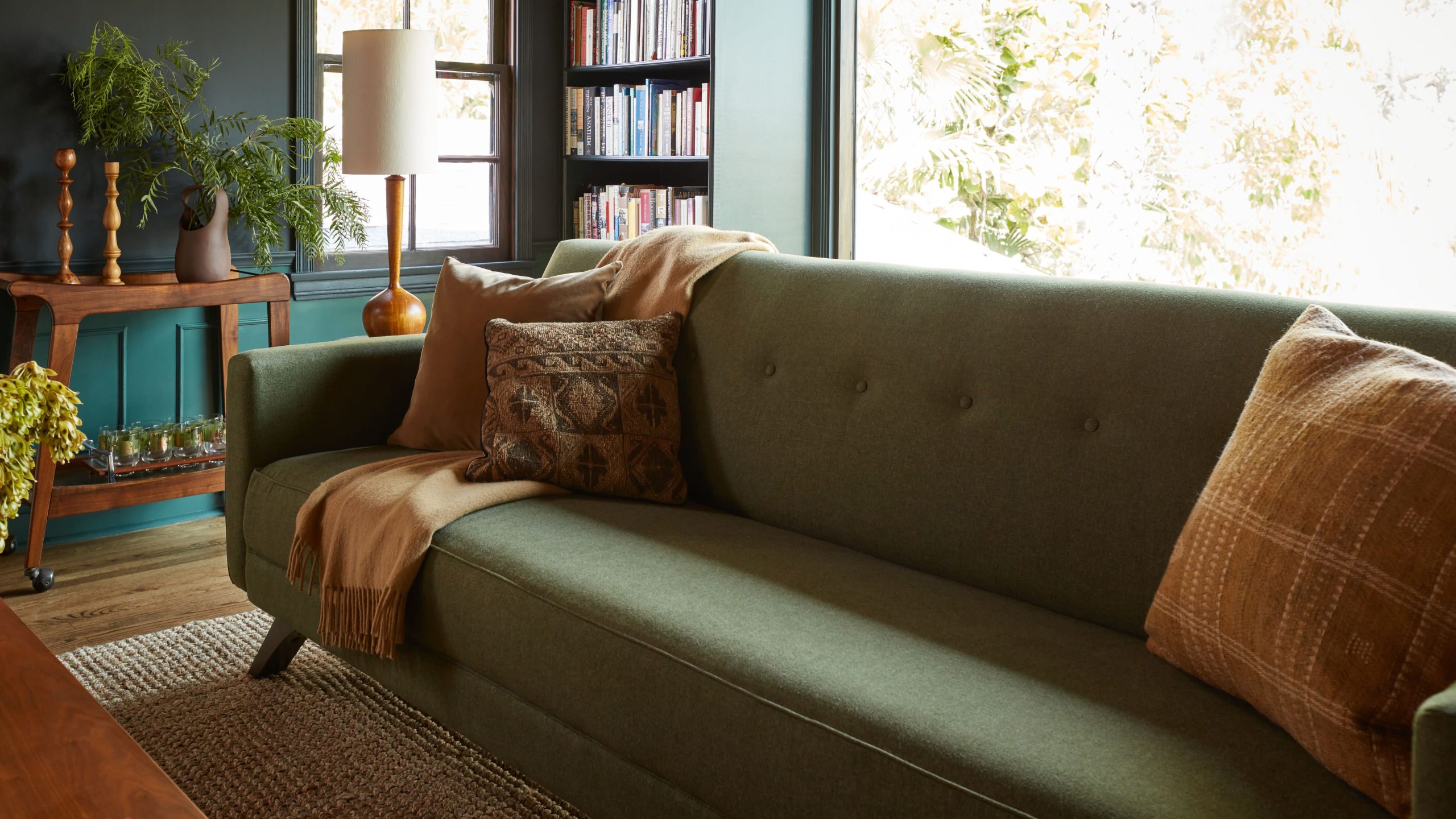
Integration with Other Furniture
How will your new seating integrate with your existing furniture? Will it complement or clash with your coffee table, side tables, or rugs? A sofa can be easier to coordinate with diverse styles and furniture arrangements. Sectionals, because of their size, often become the focal point of the room and require more careful consideration of surrounding pieces to maintain a cohesive look.
Customization Options
Many manufacturers offer customization options for both sofas and sectionals. This can range from selecting the fabric or leather, cushion firmness, leg finishes, and even the size and configuration. Custom orders allow you to tailor the furniture to your exact specifications, ensuring it not only fits your space but also perfectly matches your vision and needs.
Resale Value
While furniture is primarily a functional and aesthetic purchase, considering its potential resale value can be wise. In general, classic, well-maintained sofas might have a broader appeal in the secondhand market compared to large or uniquely configured sectionals. However, this can vary based on local trends and the condition of the furniture.
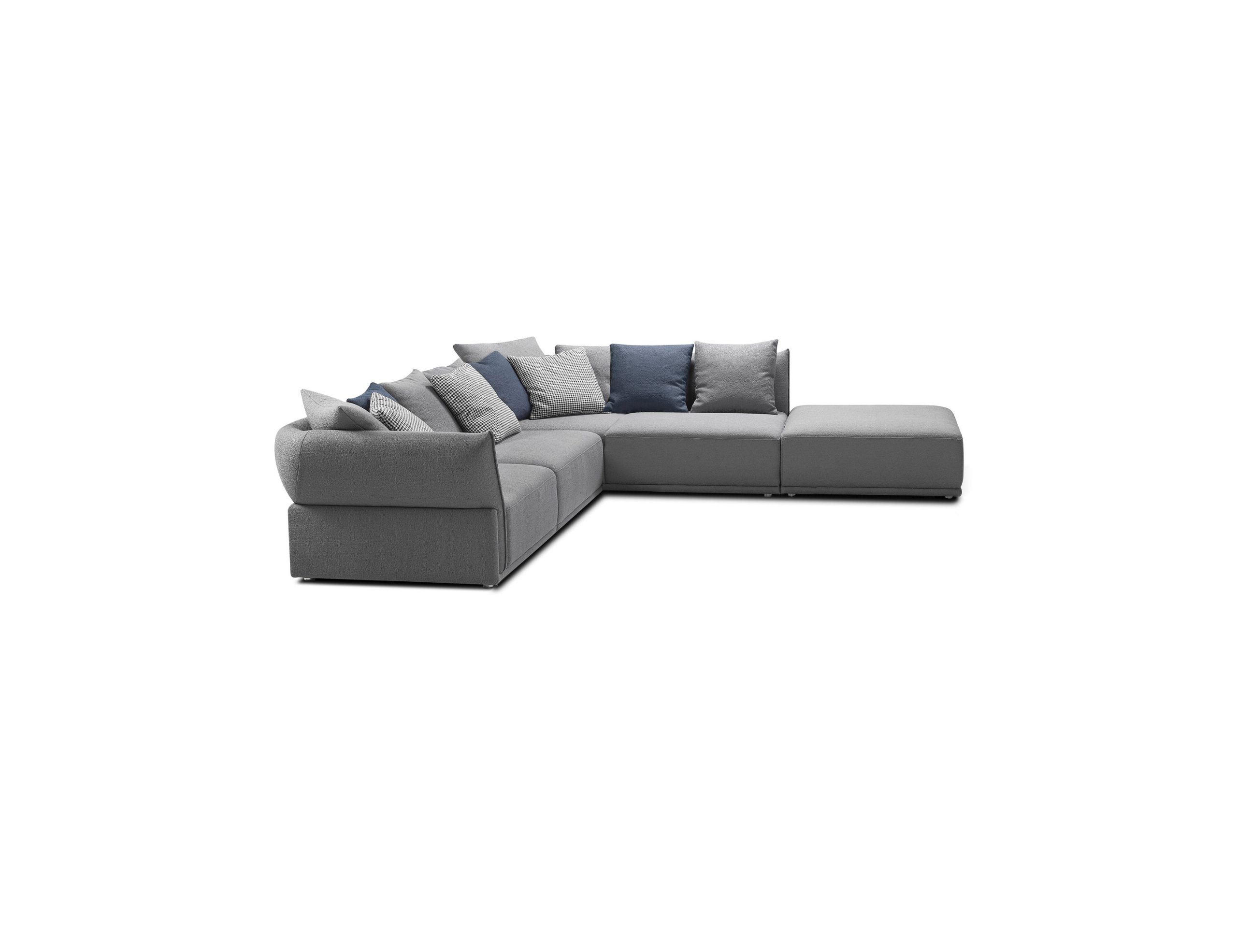
Conclusion
Ultimately, the decision between a sofa and a sectional comes down to your unique needs, preferences, and the dimensions of your living space. Assess your lifestyle, entertaining habits, and the overall aesthetic you wish to achieve. Remember, both options can be beautifully styled and functional; it’s about finding the perfect fit that elevates your living space and supports how you live. Whether you opt for the timeless elegance of a well-chosen sofa or the inviting sprawl of a carefully curated sectional, make sure it complements your lifestyle and enhances the comfort and functionality of your home.
